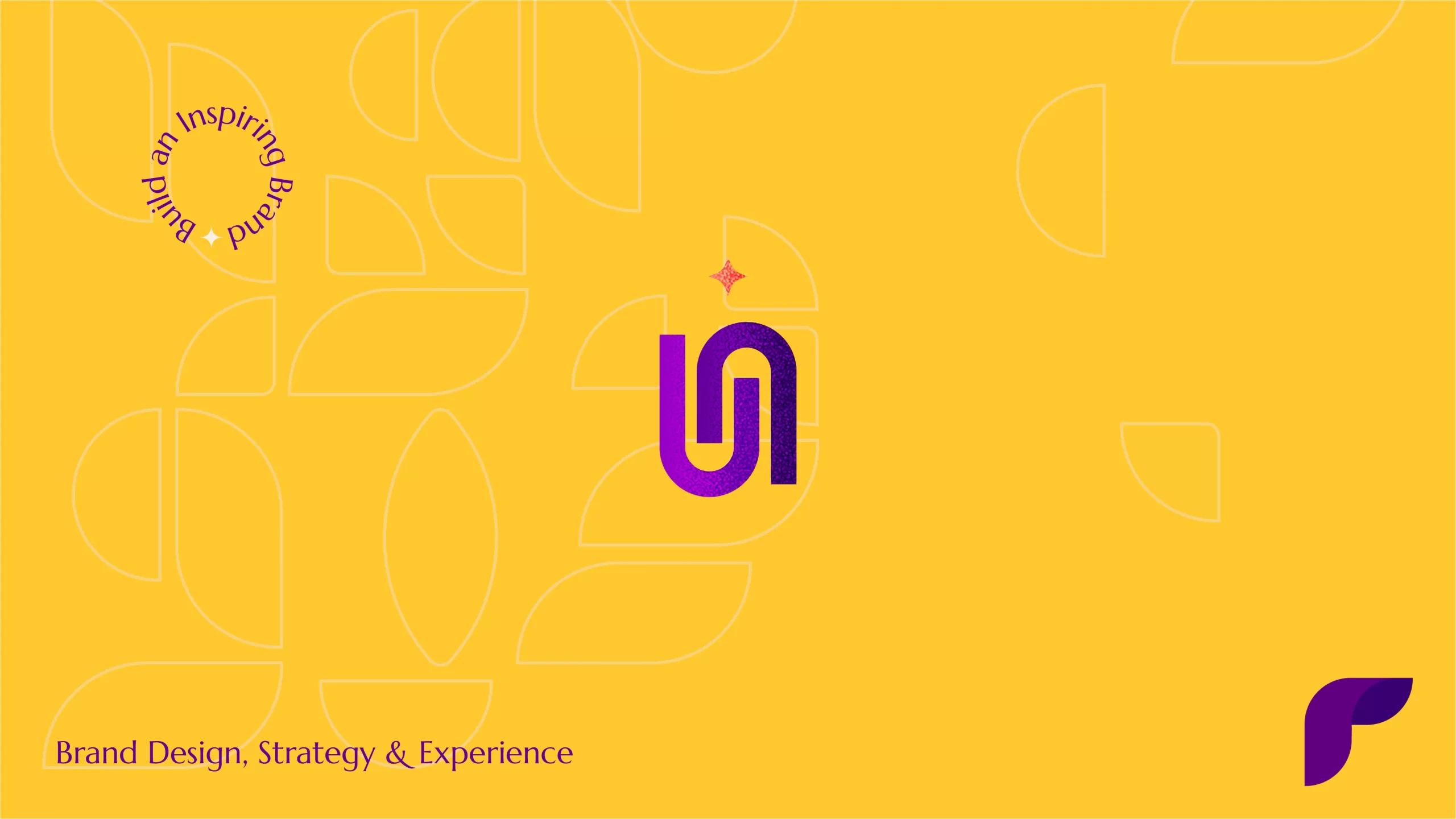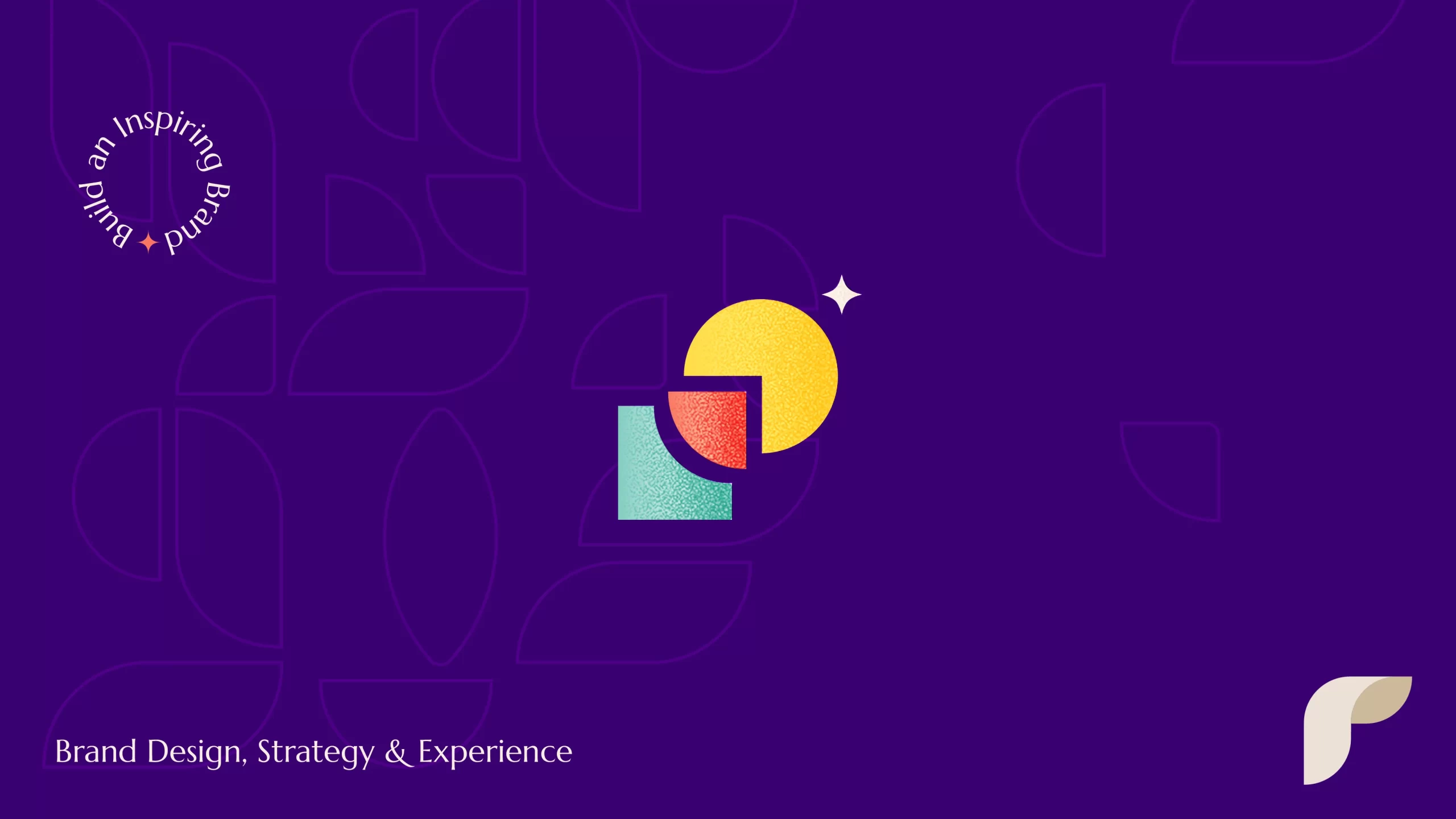Creating a user-centric brand is essential for success as it makes all the difference to set your brand apart. Brands that prioritize the needs and desires of their users tend to foster stronger connections and loyalty.
The design thinking approach, which emphasizes empathy and iterative problem solving, offers a robust framework for developing these user-centric brands. To find out more, keep reading to know more about how this approach helps in building brands that resonate deeply with their audiences.
In this article, you will read about,
Understanding the design thinking approach
Design thinking is a human-centered approach to innovation and problem-solving that involves understanding the user, challenging assumptions, and redefining problems to identify alternative strategies and solutions. It comprises five key stages: Empathize, Define, Ideate, Prototype, and Test.
- Empathize: This initial stage involves understanding the user’s needs through observation and interaction. It’s about seeing the world through their eyes and gaining insights into their experiences and emotions.
- Define: In this phase, the insights gathered during empathy are synthesized into a clear and actionable problem statement. This helps in focusing on the specific needs and challenges of the user.
- Ideate: This is a creative phase where a wide range of ideas and solutions are generated. Brainstorming sessions and other techniques are used to explore possibilities without constraints.
- Prototype: Ideas from the ideation phase are turned into tangible prototypes. These prototypes can be anything from sketches to physical models, which are then tested and refined.
- Test: The prototypes are tested with real users to gather feedback. This stage helps in understanding what works, what doesn’t, and how the solution can be improved.
Application of design thinking approach in brand building
Applying design thinking to brand building involves using this user-centered methodology to create brands that truly resonate with their target audience. Here’s how you can apply each stage of design thinking to your brand development process, with examples of Indian brands:
Empathize with your audience
Conduct thorough research to understand your target audience’s needs, preferences, and pain points. Use surveys, interviews, and social media analysis to gather insights. The goal is to develop a deep empathy for your users, which will inform all subsequent decisions.
Tata Motors, one of India’s leading automobile manufacturers, uses extensive market research and customer feedback to understand the needs and preferences of Indian consumers. When developing the Tata Nano, they identified a gap in the market for an affordable and compact car suited for urban driving. Thus, by empathizing with their target audience, Tata Motors was able to create a product that addressed a critical need in the market.
Also read: The customer is king: Building a brand around customer centricity
Define your brand purpose
Based on the insights gathered, define a clear and compelling brand purpose. This purpose should address the specific needs and desires of your audience. It should also differentiate your brand from competitors and align with your users’ values.
For example, FabIndia, a popular retail brand, has a very defined purpose of promoting traditional Indian crafts and textiles. They focus on sourcing products from rural artisans, thereby supporting local communities and preserving Indian heritage. This purpose resonates deeply with their audience, who value authenticity, sustainability, and cultural preservation.
Ideate unique brand concepts
Brainstorm creative ideas that align with your brand purpose and resonate with your audience. Encourage diverse perspectives and think outside the box. This stage is about exploring various concepts and strategies to find the most impactful ones.
Swiggy, the popular food delivery platform, constantly ideates new concepts to enhance customer experience. For instance, they introduced Swiggy Genie, a hyperlocal delivery service for anything customers need from local stores. This innovative idea stemmed from their understanding of customer convenience and the need for quick, reliable delivery services beyond just food.
Prototype brand elements
Develop prototypes for different elements of your brand, such as logos, taglines, packaging, and marketing campaigns. Create multiple versions and test them with a small segment of your audience to gather feedback.
Zomato, another leading food delivery and restaurant discovery platform, is known for its creative marketing campaigns. Before launching a major campaign, Zomato often tests different versions of their advertisements and promotional materials with a select audience. This iterative process ensures that their final campaign resonates well with their broader customer base.
Also read: Brand strategy development process from mood board to masterpiece
Test and refine
Use the feedback from your audience to refine your brand elements. Iterate on your designs, messaging, and marketing strategies until they effectively meet the needs and preferences of your target audience.
Paper Boat, a brand known for its traditional Indian beverages, regularly tests new flavors and packaging designs with their customers. They gather feedback through taste tests and surveys, allowing them to refine their products before a wider launch. This user-centric approach has helped Paper Boat maintain a strong connection with their audience and continuously deliver products that meet their expectations.
Benefits of design thinking in branding
Using design thinking to build your brand offers several benefits:
- Improved customer experience: Prioritizing user needs helps create brands that provide a seamless and satisfying customer experience.
- Enhanced brand loyalty: Brands that empathize with their users and address their specific needs tend to foster stronger loyalty and engagement.
- Innovation and differentiation: The iterative and creative nature of design thinking encourages innovation, helping brands stand out in a crowded market.
- Reduced risk: Testing and refining prototypes with real users minimizes the risk of launching a brand or product that doesn’t resonate with the audience.
Conclusion
The design thinking approach provides a powerful framework for creating user-centric brands. This way, you can build a brand that resonates and stands the test of time. Using this methodology not only improves customer experience and loyalty but also drives innovation and reduces risk. As the market continues to evolve, brands that prioritize their users through design thinking will be better positioned for long-term success.




